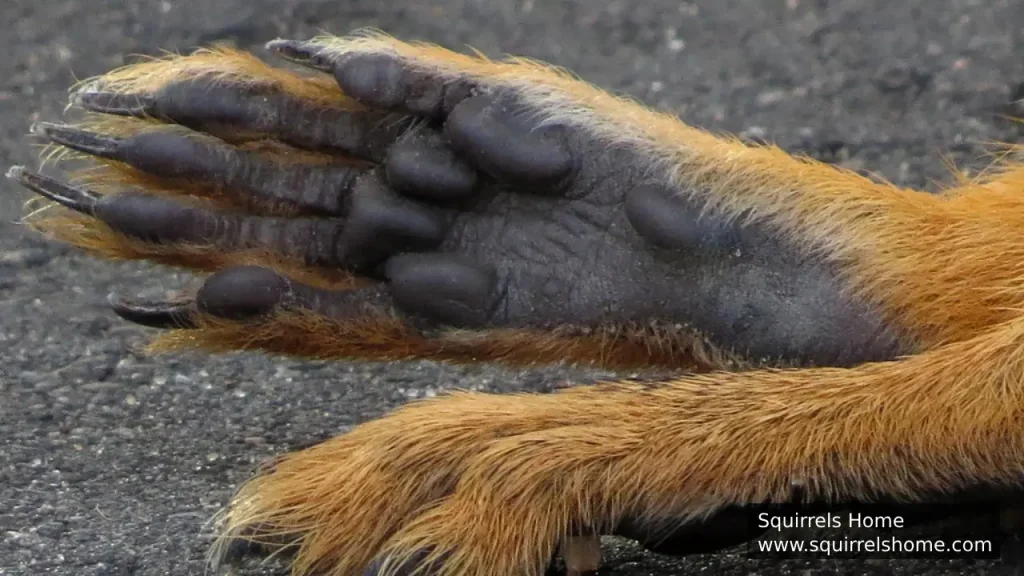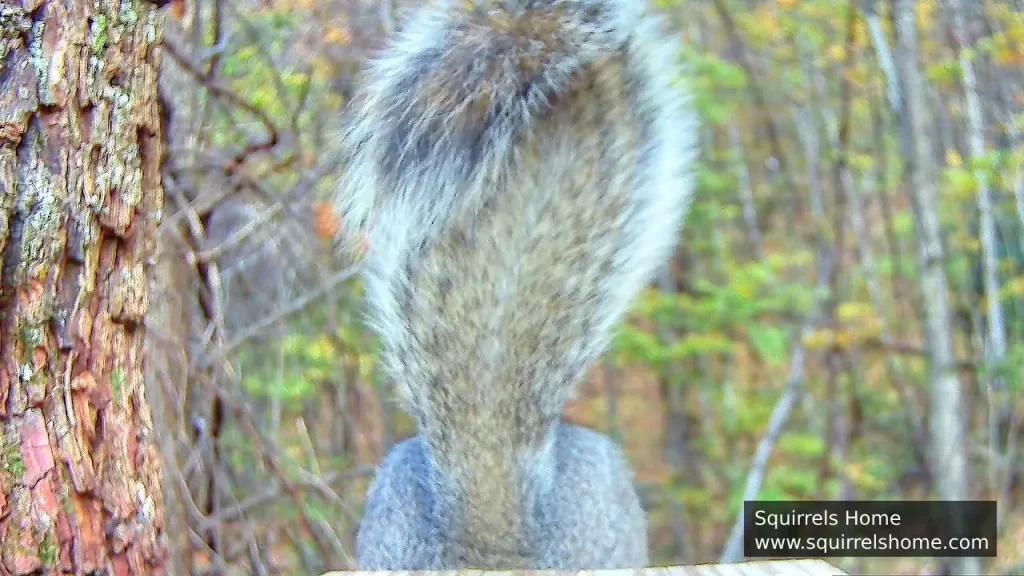Squirrels are amazing creatures known for their impressive climbing abilities. Their unique body features and adaptations help them move easily through trees, leap across branches, and even escape predators. This article explores the fascinating traits that make squirrels such skilled climbers, using simple terms to explain their abilities.
Squirrels’ Feet: Built for Gripping
Squirrels have strong, flexible feet that make climbing trees and other surfaces easier. Their toes are long and curved, which helps them hold onto branches tightly. Each foot has sharp claws that dig into bark, allowing them to stay stable even on thin or slippery surfaces.
A special feature of squirrels’ feet is that their ankles can rotate almost completely. This allows them to climb down trees headfirst. Most animals can only go down backwards because their feet don’t grip well in that position. But squirrels’ rotating ankles help their back feet grip the bark while climbing downward.
Lightweight Bodies for Easy Movement
Squirrels are small and lightweight, which makes it easier for them to balance on branches. Their bodies are not too heavy, so they can jump from one tree to another without much effort. Being light also helps them climb faster and avoid predators more effectively.
In addition to being light, squirrels have powerful leg muscles. These muscles give them the strength to push off for long jumps. Even though they are small, their bodies are built to make climbing and jumping look effortless.
Sharp Claws for Stability

The claws of a squirrel are one of its most important tools. These claws are sharp enough to grip tree bark, fences, or even walls. They act like little hooks, preventing the squirrel from slipping.
The claws also help squirrels dig into surfaces for stability. Whether they are climbing vertically or jumping across a gap, their claws play a key role in keeping them safe.
Flexible Tails for Balance

A squirrel’s tail is more than just fluffy fur; it is a vital tool for balance. When squirrels jump, their tails help them stay steady in the air. The tail also acts as a counterweight when they run across thin branches or climb at awkward angles.
In cold weather, their tails provide extra warmth, but for climbing, the tail is mainly a balancing tool. If a squirrel slips or stumbles, it uses its tail to regain control quickly.
Keen Eyesight for Planning
Squirrels have excellent vision, which helps them judge distances accurately. When climbing or jumping between trees, they need to calculate how far they have to go. Their sharp eyesight ensures they don’t miss their target.
Squirrels’ eyes are positioned on the sides of their heads, giving them a wide field of view. This allows them to spot predators while climbing and make fast decisions to stay safe.
Strong and Flexible Legs

The legs of squirrels are powerful and flexible, giving them the ability to leap great distances. Their back legs are especially strong and act like springs, propelling them forward during jumps.
Their joints are also very flexible, allowing them to change direction quickly. This is helpful when they need to escape from predators or adjust their movements while climbing.
Adaptable Diet for Energy
Squirrels need a lot of energy to climb and jump all day. Their diet includes nuts, seeds, fruits, and sometimes insects. These foods give them the nutrients they need to stay active.
By storing food in hidden spots, squirrels ensure they always have enough energy for their activities. This behavior helps them survive even in harsh conditions.
Quick Reflexes to Avoid Danger
Squirrels’ quick reflexes are a big part of their climbing skill. If a branch breaks or a predator appears, they react instantly. Their fast movements help them avoid accidents and stay safe in dangerous situations.
These reflexes, combined with their strong legs and sharp claws, make squirrels extremely agile. They can change direction mid-jump or cling to a tree if they lose their footing.
The Role of Practice in Climbing
Young squirrels are not born knowing how to climb. They learn by practicing. As they grow, they experiment with jumping, balancing, and gripping branches. This practice helps them develop the skills they need to survive.
Watching adult squirrels also teaches young ones what to do. Over time, they become experts at climbing and navigating their environment.
Conclusion
Squirrels are natural climbers thanks to their unique features. From their rotating ankles and sharp claws to their strong legs and balancing tails, every part of their body is designed for climbing. Their excellent vision and quick reflexes also play a big role in their agility. These amazing adaptations allow squirrels to thrive in forests, parks, and urban areas alike.
FAQs
1. Can squirrels climb walls?
Yes, squirrels can climb walls if the surface has enough texture for their claws to grip. Smooth surfaces like glass are much harder for them to climb.
2. Why don’t squirrels fall often?
Squirrels rarely fall because their sharp claws and rotating ankles help them stay secure on branches. Their tails also provide balance if they slip.
3. How high can squirrels jump?
Squirrels can jump up to 10 times their body length, which helps them move between trees and escape predators.
4. Do all squirrels climb the same way?
Most squirrels share similar climbing skills, but tree squirrels are better climbers than ground squirrels due to their lifestyle and adaptations.
5. How do squirrels climb down trees headfirst?
Squirrels’ ankles rotate, allowing their back claws to grip the bark as they descend headfirst. This unique ability sets them apart from many other animals.
